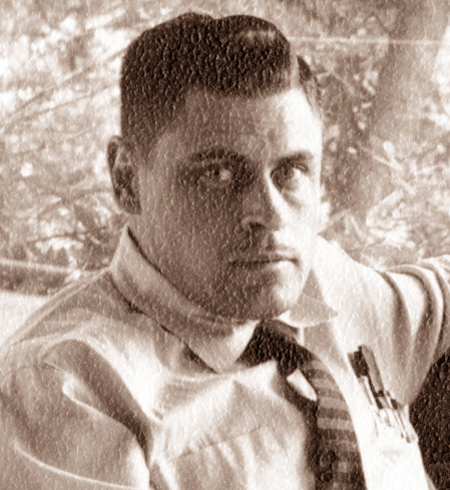8 Great Modern Masters - Page 4
 |
|
|
 |
|
|
3. DONALD OLSEN
At UC Berkeley Don Olsen, more a High European modernist than a Bay traditionalist, was a foil to dean Wurster, who was Bay Style all the way.
"Everybody in those days had to have [natural] redwood. It had to be clad in redwood. I resisted it. I don't like exposed wood," Olsen said in a 2004 interview.
He also objected to most Bay Tradition houses because he thought they lacked "sex," were too ordinary, lacked spatial drama.
Olsen (1919-2015), whose own home is a glass box of a house high above a Berkeley park, belies the prejudice that architecture derived from the International Style has to be dry and intellectual.
His houses are sometimes approached by bridges and have interior walls with broad splashes of reds, blues, yellows. His Berkeley home, now on the National Register and kept on display to the public, even when lighted up at night, has a statue of a Greek goddess in a prominent window-side position.
One project, designed for an Italian-American family, included a Venetian canal complete with gondola running the length of the house. "The best things," he said, "don't get built."
Olsen—he studied at Harvard with Walter Gropius, one of the founders of modern architecture; worked for Eero Saarinen; and called Corbusier his main influence—designed several dozen houses from the late 1940s into the 1980s, including spec homes for small developers. In the early 1950s he worked briefly for Anshen and Allen, but not on Eichlers.
He also designed commercial and institutional projects, and spent much of his career teaching at UC Berkeley.
"I like being in a place where you can look out freely," Olsen said of his glass houses in a 2002 interview in his home.
With glass, he said, "you increase the sentient dimension, the visual dimensions to a greater extent, and this I tend to like to do. But it doesn't mean you have to literally wrap the house in glass—as I've done here. You have a juxtaposition of the solid plane to the glass plane.
"You get the scintillating play of light, even on the opaque planes."




